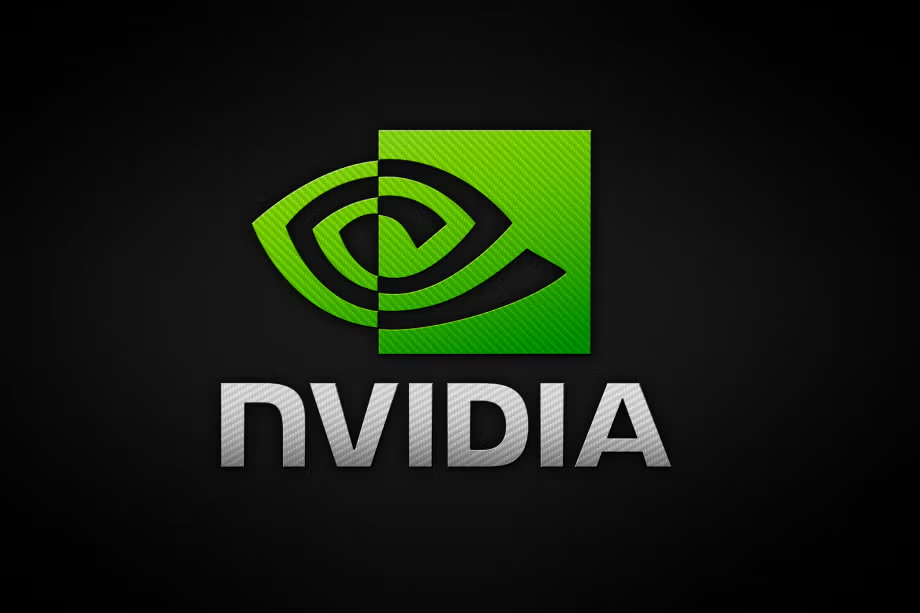Huawei is aggressively pushing to challenge Nvidia's dominance in the AI computing arena with its Ascend AI system. This ambition is fueled by a combination of technological advancements, strategic market positioning, and geopolitical factors.
Nvidia's Current Stronghold
Nvidia currently holds a commanding position in the AI chip market. Estimates suggest Nvidia possesses between 70% and 95% of the AI accelerator market share. Its graphics processing units (GPUs), particularly the A100 and H100 models, have become industry standards for AI tasks, widely used in data centers and by tech giants for training large language models (LLMs). As of early 2025, Nvidia controlled over 80% of the market for GPUs used in AI model training and deployment. Nvidia's CUDA platform has also become an industry standard, providing developers with tools for parallel computing applications.
Huawei's Ascend System: A Rising Competitor
Huawei's Ascend AI system represents a significant challenge to Nvidia's supremacy. The Ascend series AI processors are the foundation of Huawei's Atlas AI computing solution, offering a range of products for various AI infrastructure needs. Huawei's strategic goal is to provide a domestic alternative to Nvidia, especially given the U.S. export restrictions.
The Ascend 910C, one of Huawei's next-generation AI chips, has demonstrated competitive performance and energy efficiency. Huawei's CloudMatrix 384, featuring 384 Ascend 910C chips, is designed to rival Nvidia's GB200 NVL72 system. Huawei employs a "supernode" interconnect design to enable high-speed communication among the chips, which compensates for performance gaps and allows the system to scale efficiently.
In certain performance metrics, Huawei's CloudMatrix 384 has been shown to outperform Nvidia's H800 GPUs when running DeepSeek's R1 AI model. This suggests that Huawei's system-level architecture can achieve impressive aggregate performance, even if individual Ascend chips do not match Nvidia's raw specifications.
Overcoming Challenges and Building an Ecosystem
Despite these advancements, Huawei faces significant challenges. Nvidia's CUDA platform has a well-established ecosystem, and Huawei's Mindspore is still developing. The availability of developers and third-party support for Mindspore is more limited compared to CUDA. Also, the Ascend 910C reportedly recorded 60% performance of the previous generation chip, H100, from the NVIDIA Blackwell series.
To address these challenges, Huawei is investing heavily in building a robust ecosystem around its Ascend and Kunpeng chips. This includes attracting third-party developers and partners to develop industry-specific solutions based on Huawei's chips. Huawei is also focused on open hardware, open-source software, partner empowerment, and talent development.
Geopolitical Context and Market Impact
U.S. export restrictions have significantly impacted the AI chip market, creating an opportunity for Huawei in China. These restrictions have spurred domestic demand for Huawei's AI hardware. Huawei is capitalizing on this situation to position its AI chips as the preferred alternative for Chinese companies.
Nvidia CEO Jensen Huang has acknowledged Huawei's rapid progress in the AI field. He noted that Huawei possesses extensive capabilities and will likely find its own solutions to thrive in the AI market, even without Nvidia.
Future Outlook
The competition between Huawei and Nvidia in the AI computing arena is expected to intensify. Huawei's focus on system-level architecture, ecosystem development, and strategic market positioning could enable it to gain further ground in the AI chip market. While Nvidia maintains a strong lead, Huawei's advancements demonstrate China's growing capabilities in AI hardware and its determination to achieve technological self-reliance.
Huawei's CloudMatrix 384 system may play a vital role in China's AI ambitions, supporting generative AI and various industrial applications. As Huawei expands its cloud and semiconductor ecosystem, it has the potential to reshape the competitive dynamics in global AI computing.

















